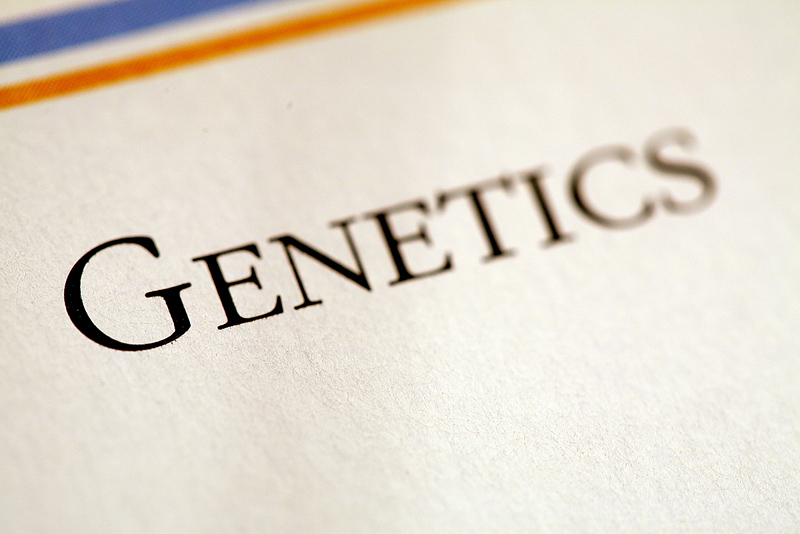
WEDNESDAY, Oct. 16 (HealthDay News) — People who carry a certain genetic mutation associated with Alzheimer’s disease have double the rate of debilitating brain-tissue loss, a new study finds.
People with this mutation, known as the TREM2 gene variant, may also develop the disease three years earlier than expected, the researchers said.
“Our lab studies the rate of brain-tissue loss in elderly people, trying to discover factors that protect you as you age. We have never seen such a dramatic effect as with this genetic variant,” study lead author Paul Thompson, a professor of neurology at the University of Southern California, said in a news release.
“If you carry this genetic mutation, we’ve found that there is this wildfire of tissue loss in the brain,” he said.
In the study, the researchers mapped the effects of the gene mutation on the living brain using MRI scans. “This is the first study to use brain scans to show what this gene variant does, and it’s very surprising,” Thompson said.
The two-year study, published Oct. 17 in The New England Journal of Medicine, showed that people with the TREM2 gene variant associated with Alzheimer’s lose their brain tissue much more quickly.
The research involved nearly 500 adults from North America, averaging 76 years of age. One hundred had Alzheimer’s disease, 221 had some impairment in memory or thinking, and 157 were healthy.
People with the gene mutation lost 1.4 percent to 3.3 percent more of their brain tissue than those who did not carry the mutation. This more extensive brain loss, which took place primarily in areas of the brain responsible for memory, also proceeded twice as quickly in those with the mutation.
“This gene speeds up brain loss at a terrific pace,” Thompson said. “Carriers of this genetic mutation, who comprise about 1 percent of the population, lose about 3 percent of their brain tissue per year. This is a silent time bomb in 1 percent of the world.”
Although healthy people usually lose less than 1 percent of their brain tissue per year, this loss is offset by the creation of new normal tissue from mental stimulation. For those with Alzheimer’s, however, symptoms typically appear once about 10 percent of their brain tissue has been destroyed.
Thompson’s team said the findings might have real importance in speeding research into effective Alzheimer’s treatments because if studies targeted people who carry this mutation, answers to vital questions might become apparent more quickly.
“Enrolling those people who carry the mutation in clinical trials for Alzheimer’s treatments could help us reach quicker and more meaningful results,” Thompson said.
More information
The U.S. National Institute on Aging provides more information on Alzheimer’s disease.
Copyright © 2025 HealthDay. All rights reserved.

